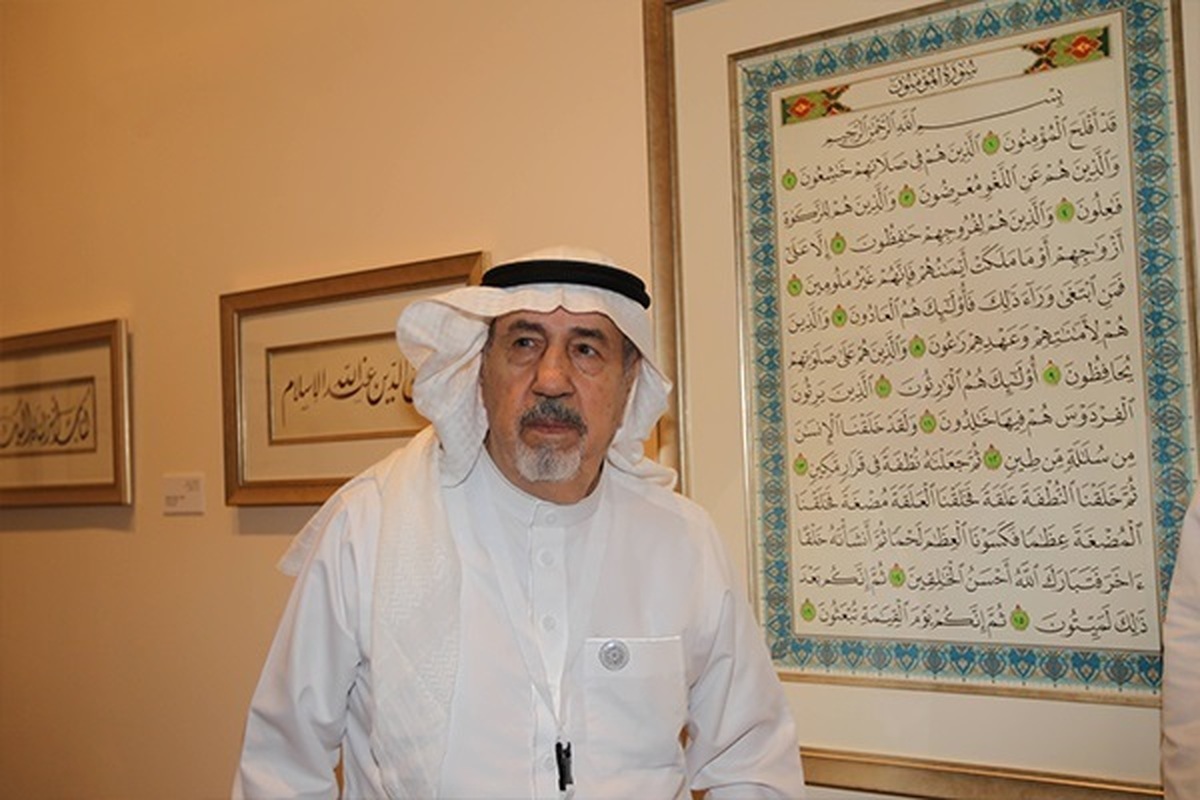Rumors of Quran Calligrapher Uthman Taha’s Death Rejected


Ahdath al-Arab daily contacted a source close to Uthman Taha, who stressed that the rumors about the death of the Quran calligrapher were not true.
Reza Abdulsalam, a former president of the Quran Network, wrote in a post on Facebook that “Dr. Uthman Taha, the Quran calligrapher, is in good health. I just contacted Dr. Uthman Taha’s home in Medina, and his respected wife informed me that the news of his death is false. He is completely healthy and is carrying out his work in the best possible way.
“His wife said that he thanks everyone who is concerned about this matter and wishes that people verify such news before spreading it.”
The former head of the Quran Network concluded his remarks by praying for the long life and health of the Quran calligrapher, describing him as a “great scholar”.
Taha is regarded as one of the most skilled calligraphers in the Arab world.
Born in 1934 in Aleppo, Syria, Taha learned calligraphy with great Syrian and Turkish masters.
Read More:
His father was also a skilled calligrapher, who used the Ruq’ah script, and Taha studied with several of Syria’s finest calligraphers.
When he moved to Damascus for university, Taha began to learn other scripts, including Thuluth, Naskh (in which he is now considered a master), and Persian. He received his calligraphy certificate from master calligrapher Hamed Al-Amadi in 1973.
He calligraphed his first Quran copy in 1970 for Syria’s Awqaf Ministry.
Taha has lived in Saudi Arabia since 1988. He is the official calligrapher of the Quran at the King Fahd Complex for the Printing of the Holy Quran in Medina.
His wife says he continues to practice calligraphy daily.
Taha has written the Quran 12 times at the King Fahd Complex.
He writes the Quran in the Ottoman script, and copies of his work have been distributed throughout the Islamic world.
What makes Taha’s work unique is that each page of the Quran that he writes concludes at the end of a verse. The secret, he explains, is to simplify the words — which is the origin of the Kufic script in which the Quran has been written since the days of Prophet Muhammad’s (PBUH) companions — keeping the letters close to one another.
Taha spent years perfecting his technique of evenly distributing the words in every line so that the space between the lettering is consistent throughout every page of every book, which means eliminating many of the script combinations that make such consistency difficult.
4285034



